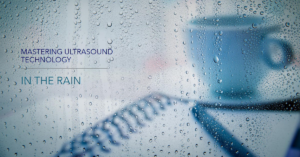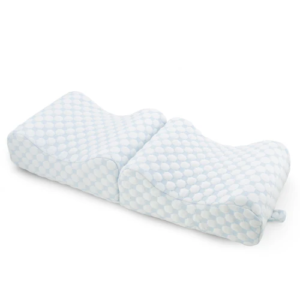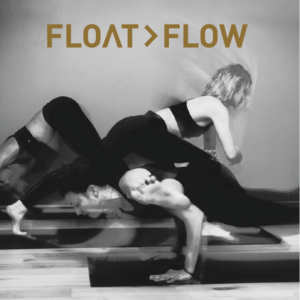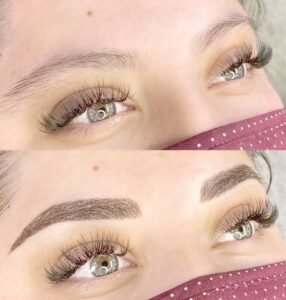
Living with Attention Deficit Hyperactivity Disorder (ADHD) presents unique challenges in managing daily life. From difficulties in focusing to impulsivity and hyperactivity, individuals with ADHD often find it challenging to maintain a sense of calm and control. However, integrating mindful practices into daily routines can significantly improve quality of life, helping individuals with ADHD manage their symptoms effectively. This article explores various mindful living practices tailored specifically for those with ADHD, offering practical tips and strategies for incorporating mindfulness into everyday life.
Understanding ADHD and Mindfulness
ADHD is a neurodevelopmental disorder characterized by difficulties in sustaining attention, controlling impulses, and managing hyperactivity. It affects both children and adults, impacting various aspects of life including work, relationships, and overall well-being. Mindfulness, on the other hand, involves intentionally focusing one’s attention on the present moment without judgment. It emphasizes awareness of thoughts, feelings, bodily sensations, and the surrounding environment.
The Benefits of Mindfulness for ADHD
- Improved Attention and Focus: Mindfulness practices enhance the ability to sustain attention by training the mind to stay present and focused on tasks.
- Emotional Regulation: Mindfulness helps individuals with ADHD symptoms and regulate emotions, reducing impulsivity and improving decision-making.
- Stress Reduction: By fostering a non-judgmental awareness of thoughts and feelings, mindfulness reduces stress and anxiety commonly associated with ADHD.
- Enhanced Cognitive Function: Regular mindfulness practice has been linked to improvements in cognitive functions such as working memory and executive functioning.
Practical Mindfulness Techniques for ADHD
1. Breath Awareness
- Technique: Sit or lie down comfortably. Close your eyes and focus on your breath. Notice the sensation of air entering and leaving your nostrils or the rise and fall of your chest.
- Benefits: Enhances concentration, calms the mind, and provides a quick way to refocus during moments of distraction.
2. Body Scan Meditation
- Technique: Lie down in a comfortable position. Start from your toes and gradually move your attention upward, focusing on each part of your body. Notice any sensations without judgment.
- Benefits: Promotes relaxation, improves body awareness, and reduces physical tension and restlessness.
3. Mindful Walking
- Technique: Take a slow walk, paying attention to each step you take. Notice the sensation of your feet touching the ground, the movement of your legs, and the surrounding environment.
- Benefits: Increases focus, grounds the mind in the present moment, and provides a gentle form of exercise.
4. Mindful Eating
- Technique: Eat slowly and deliberately. Notice the colors, textures, flavors, and smells of your food. Chew slowly and pay attention to how your body feels as you eat.
- Benefits: Enhances the enjoyment of food, promotes healthier eating habits, and reduces impulsivity around food choices.
5. Focused Listening
- Technique: Engage in conversations or listen to music with full attention. Notice the tone of voice, facial expressions, and underlying emotions conveyed in the communication.
- Benefits: Improves communication skills, deepens relationships, and strengthens active listening abilities.
Integrating Mindfulness into Daily Life
1. Morning Routine
- Practice: Start your day with a short mindfulness session, such as deep breathing or a brief body scan, to set a positive tone for the day.
2. Work or Study Breaks
- Practice: Take short mindfulness breaks throughout the day to re-center your focus and recharge. These breaks can include mindful breathing exercises or a brief walk outdoors.
3. Evening Wind-Down
- Practice: End your day with a relaxation practice like progressive muscle relaxation or a guided meditation to promote restful sleep.
Creating Supportive Environments
- Declutter: Keep your living and workspaces organized to reduce distractions and managing ADHD promote a sense of calm.
- Routine: Establish consistent daily routines and schedules to provide structure and minimize decision-making fatigue.
- Technology Use: Limit screen time and digital distractions by setting boundaries and incorporating mindful tech habits.
Overcoming Challenges
- Patience: Be patient with yourself as you develop mindfulness skills. Progress takes time and consistency.
- Adaptation: Tailor mindfulness practices to suit your individual needs and preferences. Experiment with different techniques to find what works best for you.
Conclusion
Mindfulness offers a powerful tool for individuals with ADHD to cultivate greater awareness, focus, and emotional resilience in their daily lives. By incorporating simple mindfulness practices into routines and environments, individuals can effectively manage symptoms, reduce stress, and enhance overall well-being. Embracing mindfulness is not just about managing ADHD but also about nurturing a deeper connection with oneself and the world around us. With dedication and practice, mindfulness can truly transform how individuals with ADHD navigate and thrive in their everyday experiences.


























